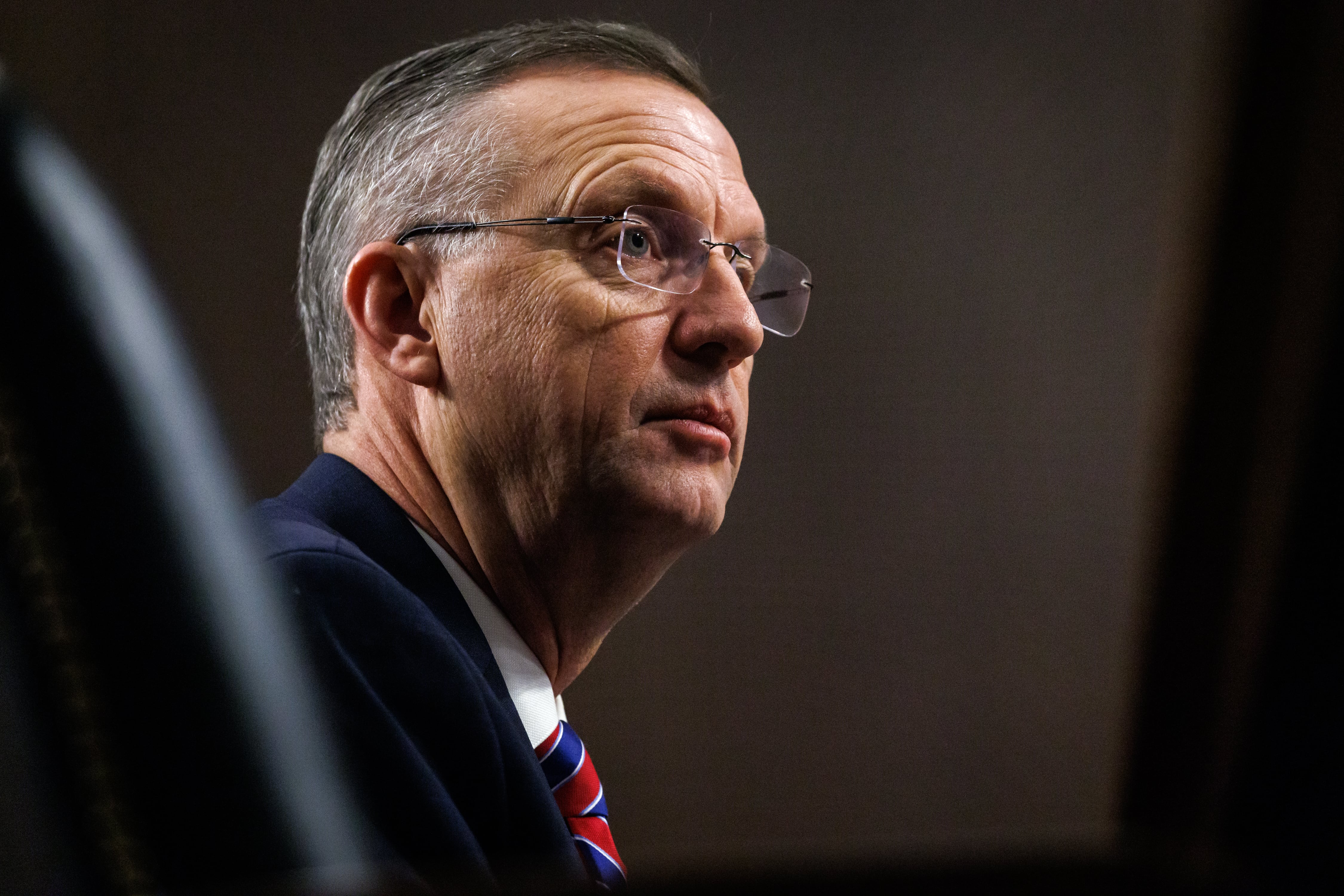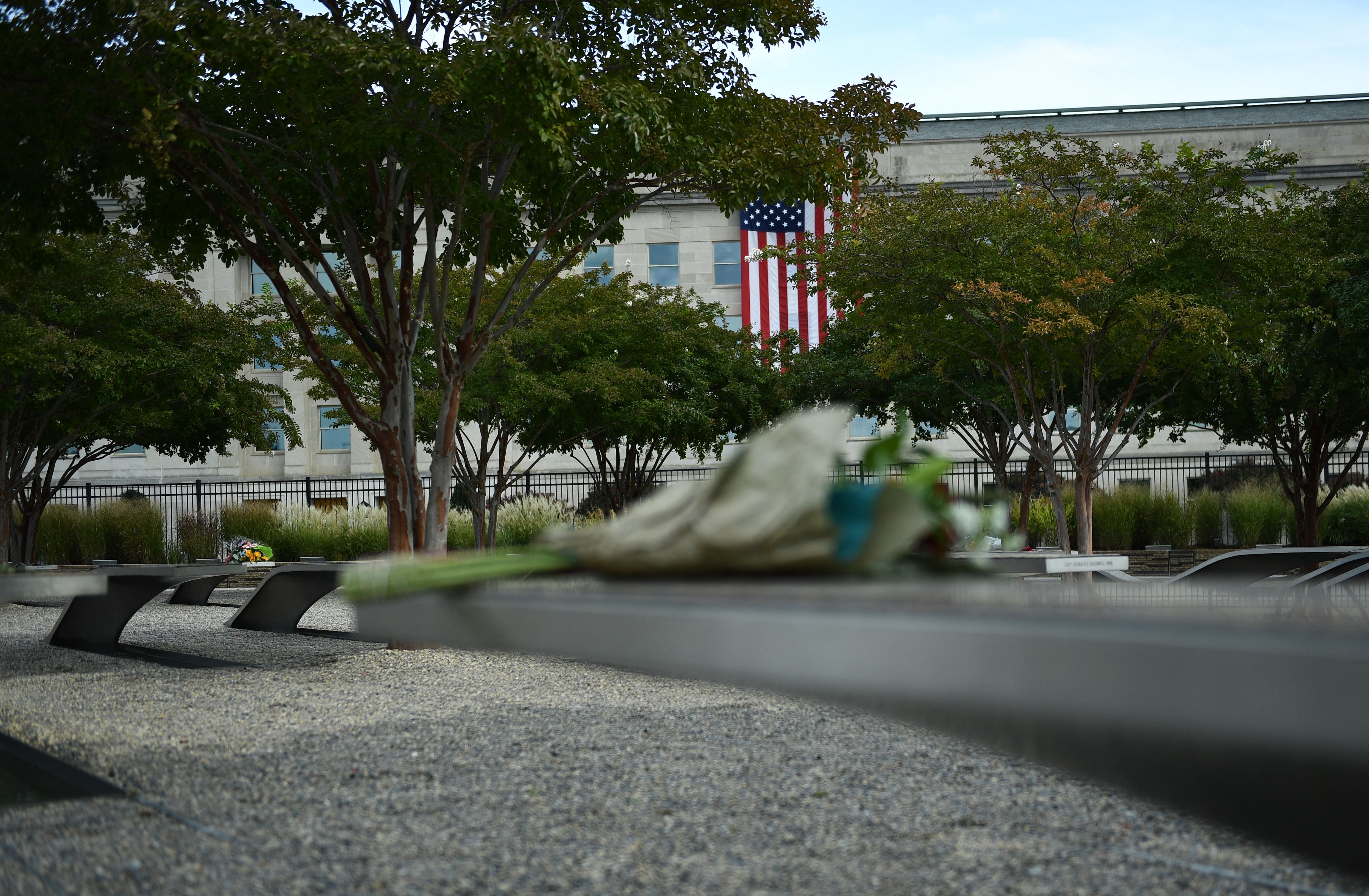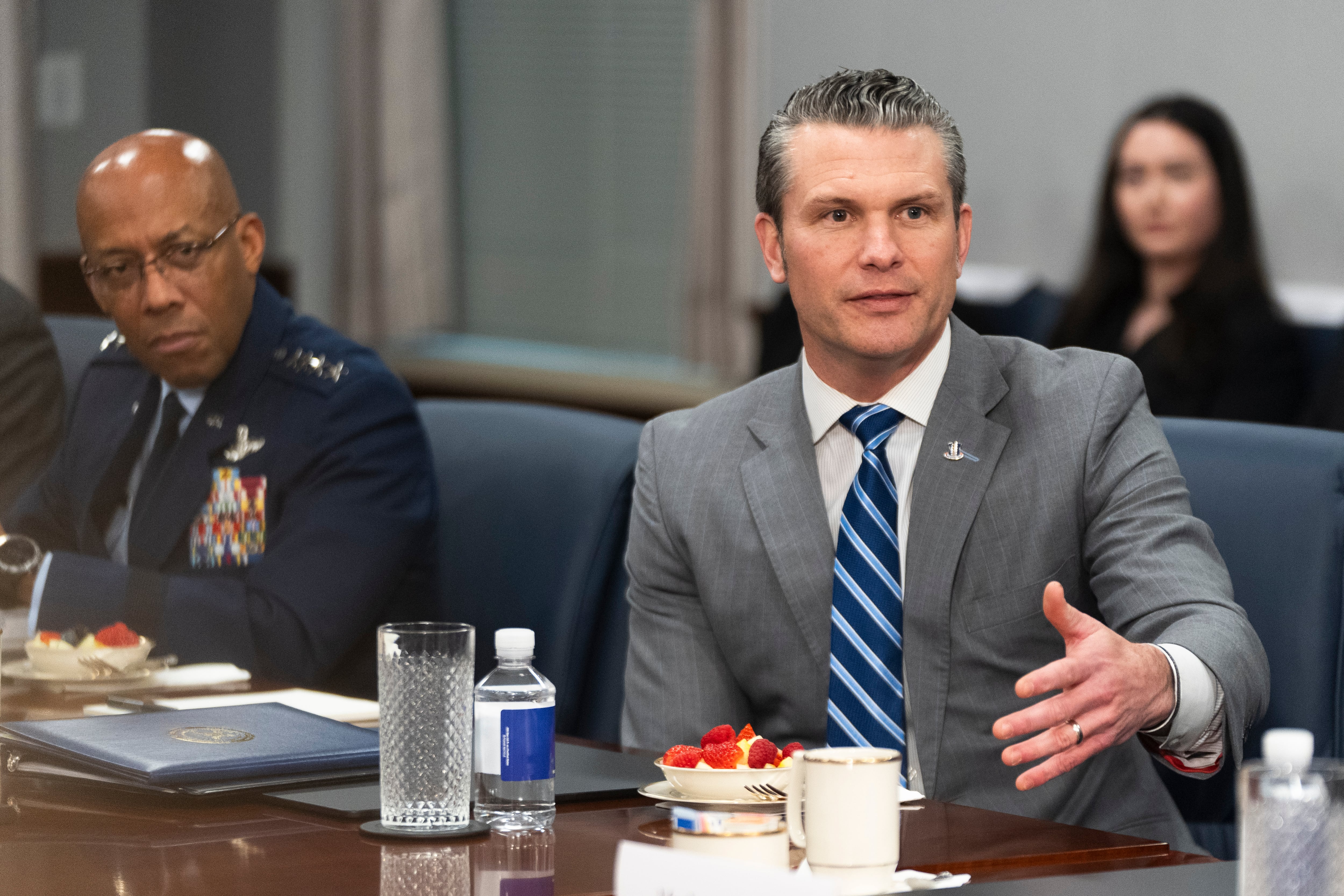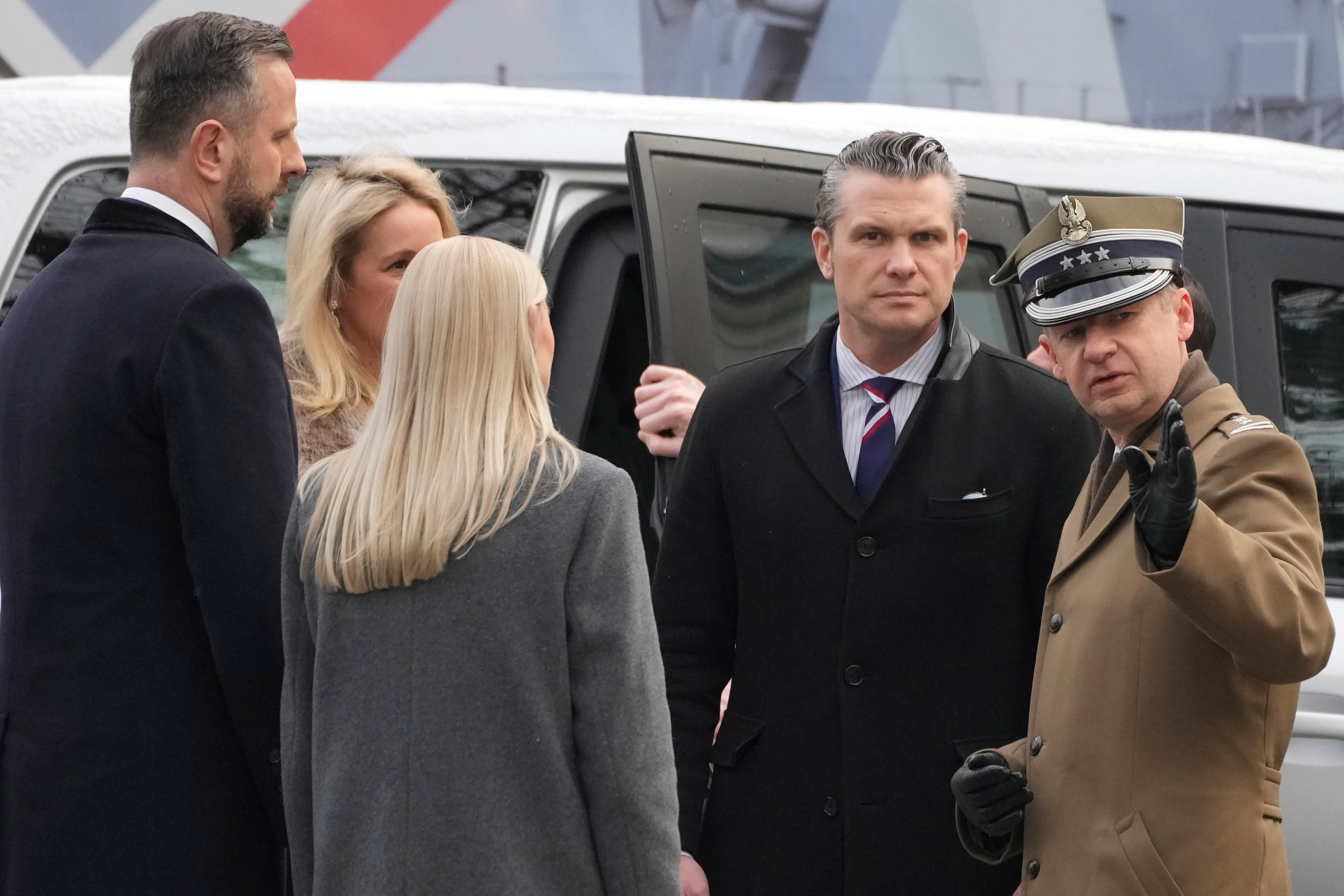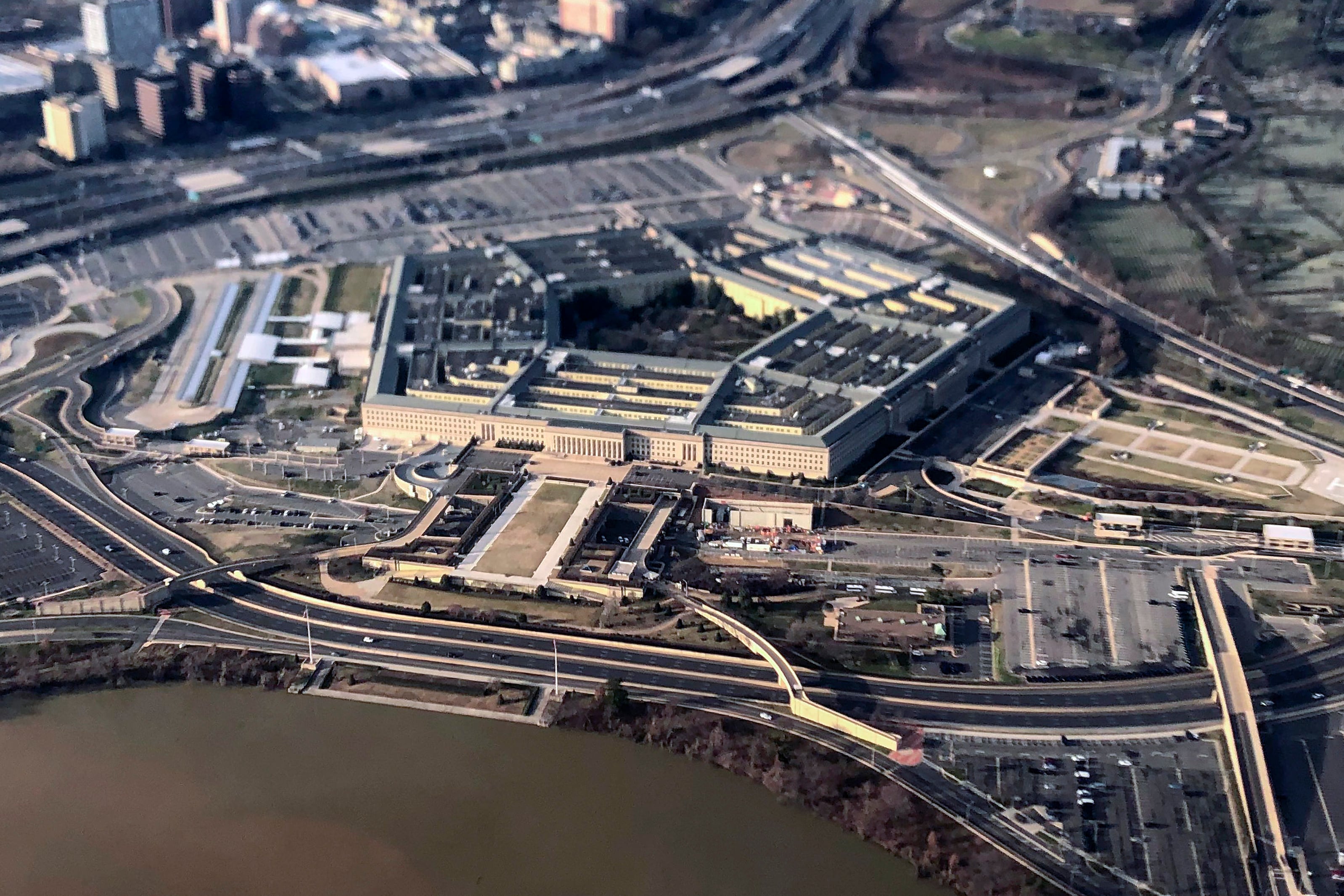As President Obama prepares to make his final major decision about the U.S. military mission in Afghanistan, there's a growing sense many experts say he is likely to halt a his planned withdrawal drawdown of American troops and let the next president decide how to end the 15-year-old war.
The top American war commander now in Kabul, Army Gen. John "Mick" Nicholson, is concluding a wrapping up his review of the situation there and will send pass his that politically sensitive recommendations up the chain of command by June 1, defense officials say. He Nicholson’s is likely to conclude that the conditions in Afghanistan are worse than not as rosy as predicted in 2014, when the U.S. declared an official end to its military ended its official "combat mission."
"He believes that, over the last year, the security situation has deteriorated," Army Brig. Gen. Charles Cleveland, a deputy chief of staff for NATO's the Resolute Support mission in Afghanistan, told Military Times said in a recent interview.
Nicholson, who assumed his post in March, is examining will be looking at force levels, which today hover around 10,000 U.S troops, as well as the military’s rules authorizing current authorization for the use of air strikes against the Taliban, who continue to threaten the Afghan government. The general is taking a sober look, officials say, at the Afghan security forces' viability and the fragile political dynamics that could lead to peace talks with the Taliban. He — and by extension the president — must also consider an emerging threat posed by Islamic State loyalists seeking a foothold along Afghanistan's border with Pakistan, and continued regional angst surrounding the Pakistanis' nuclear arsenal.
Nicholson's review comes as NATO member nations involved in the campaign have agreed to support it "beyond 2016," officials announced Friday. Saying Afghanistan continues to face "serious security challenges," the alliance also appears committed to fund the Afghan army through at least 2020.
The military personnel who remain in Afghanistan have stayed extremely active despite Washington's insistence they are no longer involved in a true combat operation. On Saturday, an American drone strike killed Taliban leader Mullah Mansour, raising immediate questions as to who will succeed him and whether that individual will move to reopen peace negotiations with the Afghan government. The attack, which was authorized by Obama, occurred across the border in southwestern Pakistan.
A polarizing figure even within the Taliban, Mansour assumed command last year after it was confirmed the group's founder, Mullah Omar, had died in 2013. Mansour reportedly kept Omar's death a secret in an effort to consolidate power. He developed closer ties with the Haqqani network, making Sirajuddin Haqqani his deputy, a group seen by the U.S. as providing much of the Taliban's current strategy and muscle.
Mansour is linked to "many attacks" that have killed tens of thousands of Afghan civilians and troops, "as well as numerous U.S. and coalition personnel," said Pentagon spokesman Peter Cook, calling him "an obstacle to reconciliation" with the Afghan government who has prohibited his commanders from participating in peace talks.
Today, much of Afghanistan remains volatile. American special operations forces have been sucked into ground battles in which the Afghan army became overwhelmed while fighting to hold territory. It's been six months since a U.S. service member was killedwhile engaged in direct combat there. That occurred in Marjah, which U.S. forces liberated from the Taliban in 2010 only to see it lostearlier this year. Two weeks prior, six American airmen were killedin a suicide attack outside Bagram Air Base.
Since the start of 2015, U.S. combat aircraft have
only
targeted Taliban insurgents only if they pose a
direct
threat to American personnel
U.S. troops
. But many inside the Pentagon
officials
believe that authority should be expanded to protect A
provide close air support for a
fghan troops who come under fire, regardless of whether any
there are
U.S. forces are in danger
in the immediate area
. "That is the kind of thing that General Nicholson may very well take a look at," Cleveland said.
Earlier this year, Nicholson’s predecessor, Army Gen. John Campbell, recommended the same, saying the Taliban were once more showing signs of resurgence. He questioned the Afghan security forces' ability to hold off the enemy advance, and sought to expand the American-led training mission as well,
expanding authority for U.S. air strikes,
but the White House resisted making
and Pentagon held off on
a
major
decision, wanting to give
until after
the new
war
commander time to make his own assessment
took over in March
.
Leaving a sizable force
up to 10,000 U.S. troops on the ground
in Afghanistan was not Obama’s original plan. Rather, he'd hoped
In 2014, when Obama declared an official end to the 13-year mission known as "Operation Enduring Freedom," the commander-in-chief outlined a phased drawdown
to bring home nearly all U.S. troops
out
by the end of his second term. He changed his mind
But
last year,
Obama changed his mind
after the Taliban scored a series of
battlefield
victories, the Afghan army performed poorly and a new Islamic State faction took root in Nangarhar province. Obama
revised the plan and
set a new target for cutting today's force in half, to about 5,500 personnel, by January 2017.
Now even that is looking like a risky move, observers
experts
say.
"There is a desire to kick the can down the road under the assumption that whoever takes over next year will pick that can up and make a decision," said Michael Kugelman, an Afghanistan and south Asia expert with the Woodrow Wilson Center, a think tank in Washington.
"I think the Obama administration is really torn about how to pursue its Afghanistan policy ...
during its last two years in power
because on the one hand, Obama doesn’t want to be remembered as a war president. If he had is druthers, he would bring everyone home," Kugelman said. "But he knows that’s not possible. He’s taken ownership over this war and he doesn’t want to be seen as someone who effectively gave up on Afghanistan and let it fall apart."
Certain to be shaping the president's thinking on Afghanistan:
Looming over Obama's analysis of Afghanistan will be
the fall of Mosul in Iraq. In June 2014,
the
Islamic State fighters
group
overran Iraq’s second-largest city and the Iraqi army fled in droves, a failure many military professionals blamed on the complete withdrawal of U.S. troops
from Iraq
in 2011.
"Mosul has kind of changed the way the White House thinks about Afghanistan. I don’t think they want another Mosul, and so they’ve been more open to a longer stay with a larger American force because they’ve seen what happens if you leave to soon," said Stephen Biddle, a defense policy expert with the Council on Foreign Relations who was an adviser to Army Gen. Stanley McCrystal in 2009 when he assumed command over the Afghanistan war.
Another major event that will influence this
the Pentagon's
latest assessment occurred
came
last fall, when the Taliban briefly seized the Afghan city of Kunduz. The Afghan army — with the help of U.S. special operations troops and air strikes — pushed them out a week later. It underscored
revealed
the
strength of the longstanding
insurgency's sustained potency, and its ability to draw
broad
support and potentially hold territory.
Some of this renewed strength can be traced to
One major reason the for Taliban insurgency gained strength last year was
the Pakistani military’s push to crackdown on Taliban militants operating across the border
in Pakistan
, where for years they enjoyed a safe haven. That sent thousands of
Taliban
militants fleeing into Afghanistan at the same time that the U.S. military was drawing down and asking Afghan troops to take the lead.
"The timing
was unfortunate
,
"
Kugelman said, "was unfortunate."
Nicholson will send his recommendations
up
to U.S. Central Command, where the commander, Army Gen. Joseph Votel, will consider other regional factors affecting Afghanistan and the U.S. mission there. Some observers
experts
believe the most important factor is
lies outside of Afghanistan: neighboring
Pakistan’s nuclear arsenal. "Afghanistan is a base for destabilizing Pakistan, and Pakistan is a nuclear weapons state that has an ongoing civil war involving a witches’ brew of extremists who don’t like us," Biddle said.
"I worry a lot more about the Pakistani insurgency effort if they have to deal with a bunch of Afghan safe havens for the Pakistani Taliban. That is the primary U.S. national security interest."
The original goal of the Afghanistan mission in 2001, targeting the core al Qaida militants who orchestrated the 9/11 attacks
on New York and the Pentagon on Sept. 11
, has receded. Intelligence estimates suggest there are no more than 300 al Qaida affiliates there today, and some of those are linked to al Qaida in the Indian Subcontinent, a group that is not focused on attacking the U.S.
Yet the threat of ISIS
the Islamic State
gaining a foothold in Afghanistan is a
new
concern. Militants declaring loyalty to that group, based in Iraq and Syria, appeared in Nangarhar province last year. Their size was estimated to be between 1,000 and 3,000 sympathizers.
This year
however
the U.S. military
has
scaled back its
their
threat assessment for Afghanistan's
the
fledgling ISIS faction. Intelligence reports suggests these
ISIS
militants
in
Afghanistan are not foreigners setting up an international franchise but instead disgruntled former Taliban militants who have rebranded themselves.
That's in part because the
U.S. forces began targeting ISIS
militants
in Afghanistan
more aggressively
earlier this year, after the White House granted broad authority to launch air strikes against ISIS militants for any reason. Previously, they
those ISIS militants
had to be posing an immediate threat to U.S. troops
forces
before becoming authorized targets
for air strikes)
.
"We have made progress. I would say last fall may have been the high water mark," Cleveland said of ISIS. Nevertheless, U.S. military is watching closely. "We are very concerned that they have the potential and wherewithal to regenerate very quickly and spread like wild fire."
At home, the war in Afghanistan is un
ot
popular. After Obama decided
made the recent decision
to extend the military mission there into 2017, an ABC News/Washington Post poll found that
only
50 percent of American adults supported the move. Some 39 percent opposed it and others were unsure.
On Capitol Hill, many lawmakers question why U.S. taxpayers are spending more than $4 billion annually to support the Afghan military when the Pentagon’s top brass are complaining about budget cuts here at home. The Afghans' long list of failures has been documented in granular detail by the special inspector general for Afghanistan reconstruction, John Spoko, whose most recent report to Congress indicates "neither the United States nor its Afghan allies know how many Afghan soldiers and police actually exist, how many are in fact available for duty, or, by extension, the true nature of their operational capabilities."
Such political problems make it more difficult to craft a military policy.
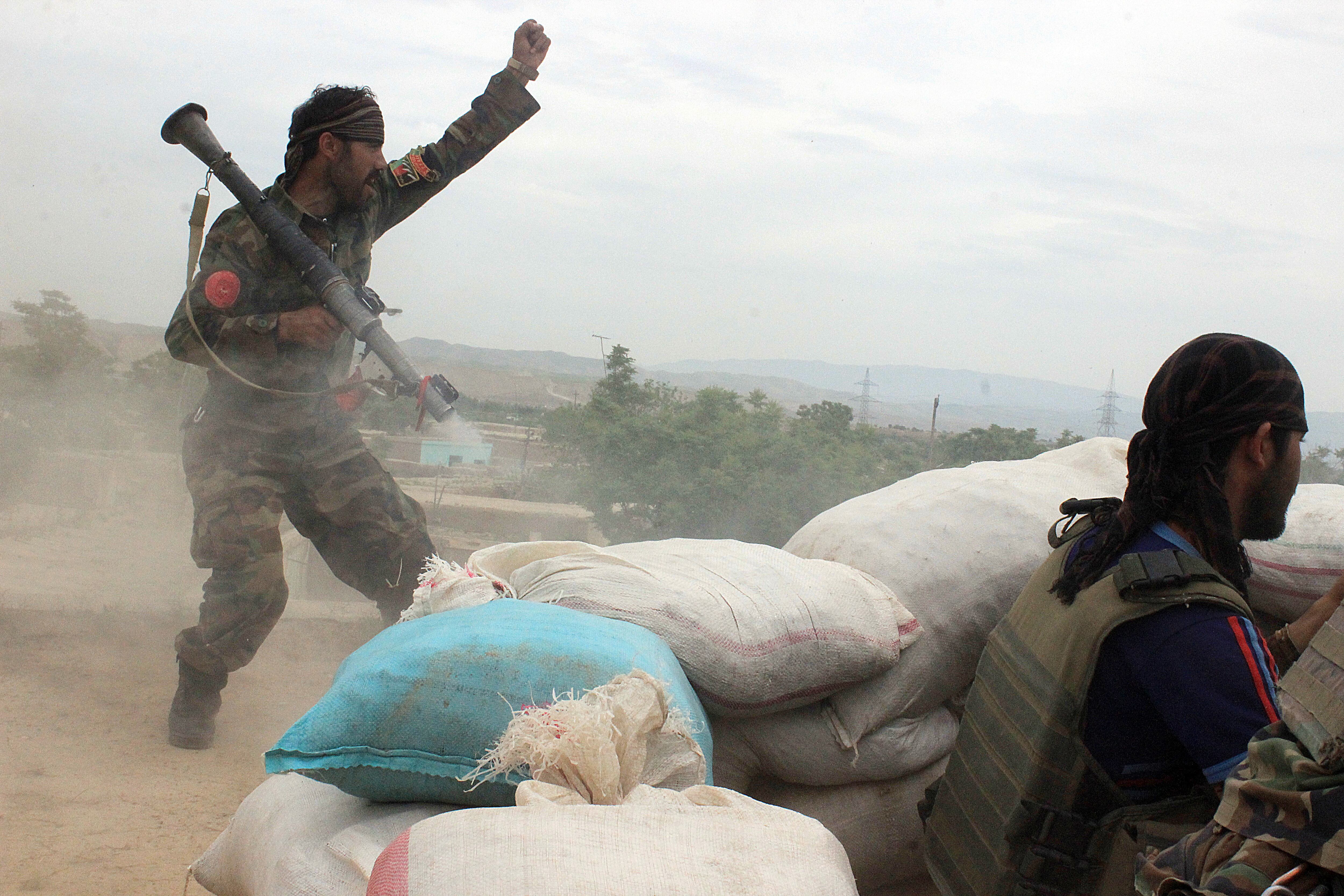
An Afghan army soldier, left, shouts at the Taliban after firing a rocket on their position outside Kunduz on April 16.
Photo Credit: Najim Rahim/AP
"That is the dilemma. The Afghan government has not been able to stand up and become more effective despite 15 years of support," said Vikram Singh, an Afghanistan expert who served as a senior adviser for the Defense Department and is now a vice president at the Center for American Progress, a think tank in Washington. "The political dysfunction, the persistent corruption and the resurgence of narcotics is going to basically make a lot of people say ‘Why should we throw good money and resources and people after bad?’"
That’s a political reality that Nicholson and his chain of command cannot ignore. "Gen Nicholson can help the U.S. figure out what a smart and sustainable level of commitment to Afghanistan looks like," Singh said.
There is also an important psychological aspect to the U.S. commitment, said Jason Howk, a retired Army officer who specialized in South Asia and deployed to Afghanistan several times. If the U.S. maintains its commitment or somehow expands it, that will boost the morale of the Afghan security forces. On the other hand, further U.S. withdrawal
drawdown
will embolden the Taliban and other insurgent groups.
"It’s all about morale at this point," Howk said. "These wars are long and messy and they don’t have a clean ending — they just peter out. It's the will to fight that is important."
Andrew Tilghman in Military Times' Pentagon bureau chief. On Twitter: @andrewtilghman. Military Times' senior editor Andrew deGrandpre contributed to this report. On Twitter: @adegrandpre. Additional reporting by The Associated Press.
Andrew Tilghman is the executive editor for Military Times. He is a former Military Times Pentagon reporter and served as a Middle East correspondent for the Stars and Stripes. Before covering the military, he worked as a reporter for the Houston Chronicle in Texas, the Albany Times Union in New York and The Associated Press in Milwaukee.

